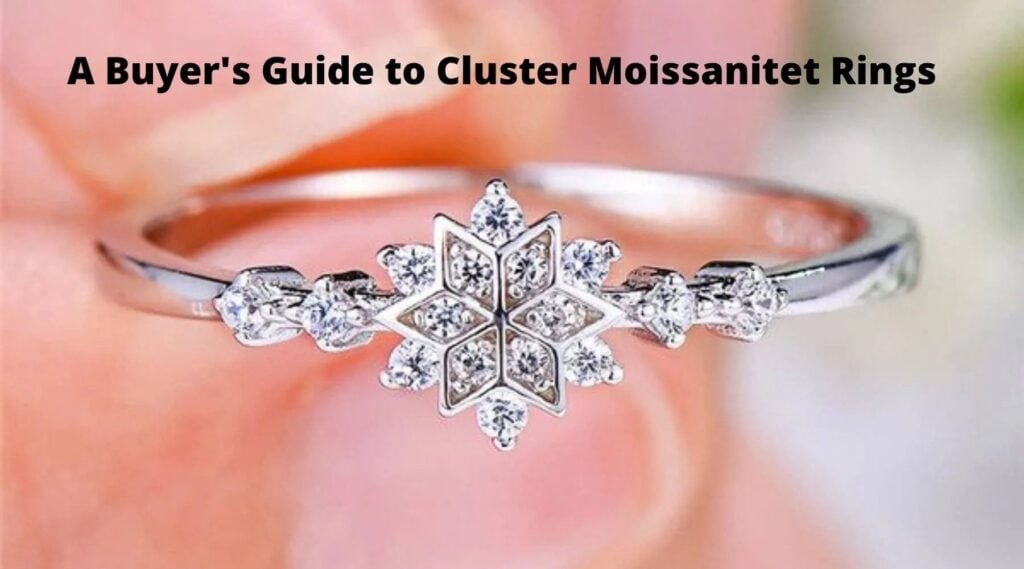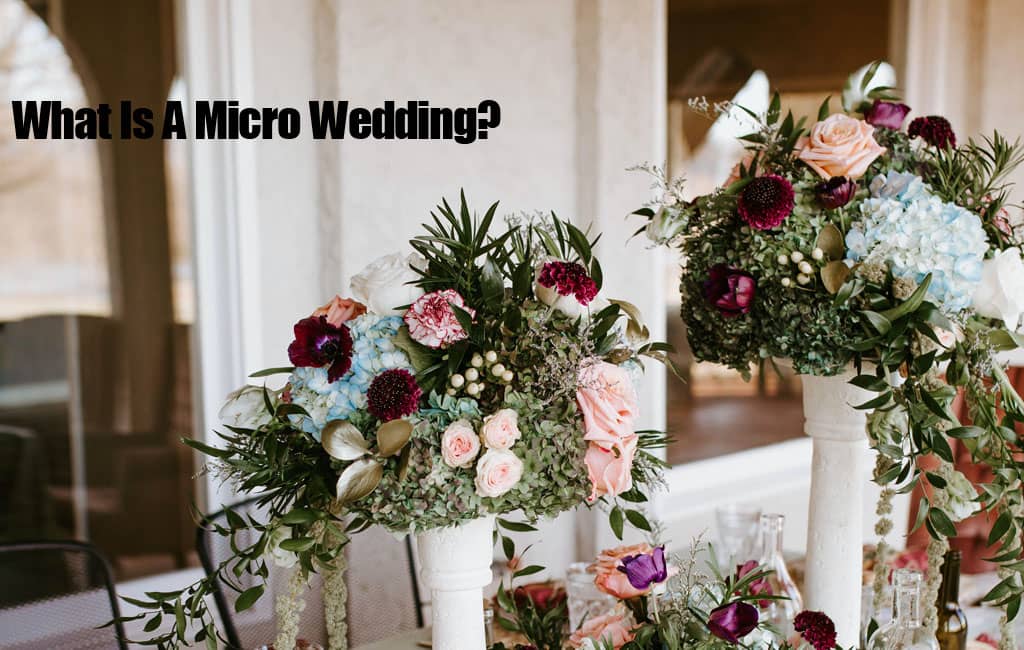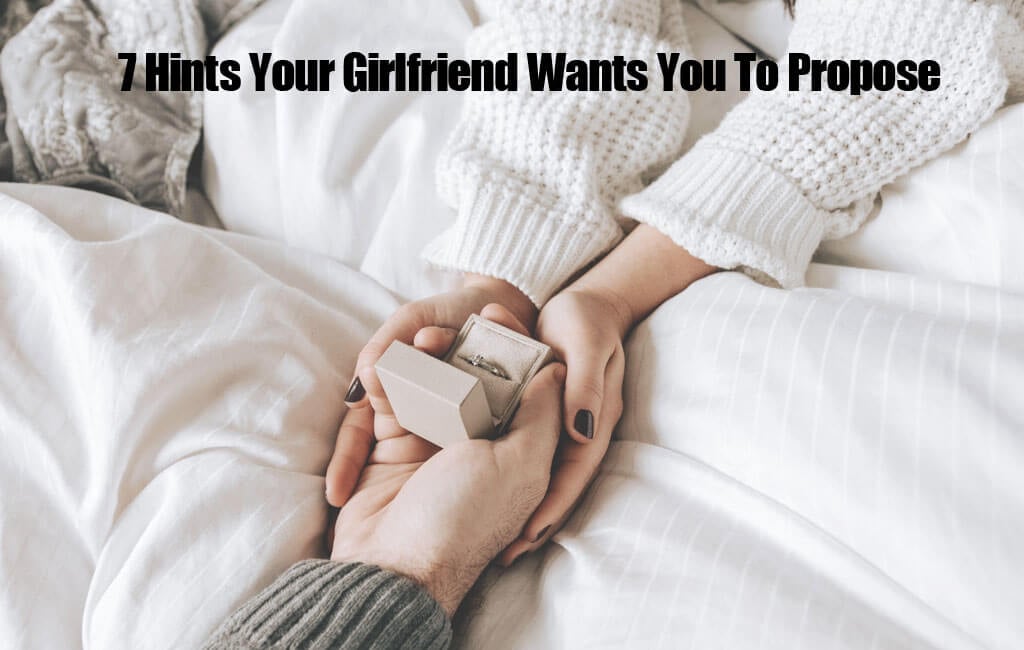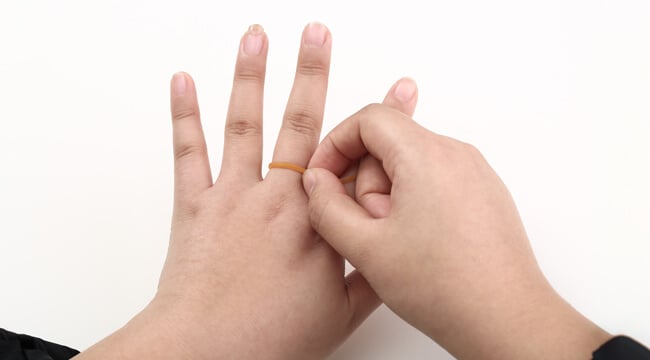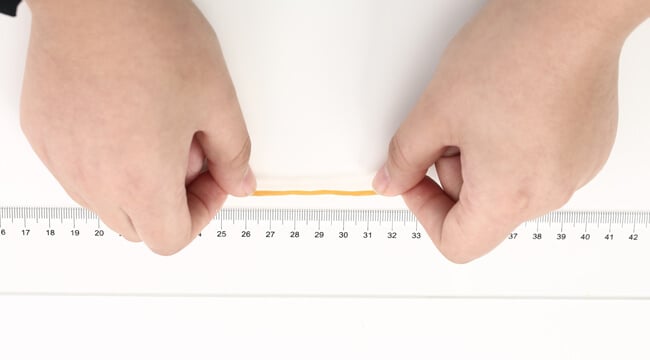Cluster rings have been in use since the time that craftsmen set precious stones in either metal or other materials. The use of them as official engagement rings is a recent trend.
Moissanite cluster rings are made up of a set of moissanite that is grouped together within the band of the ring instead of one stone. The moissanite clusters are set to create an attractive ring. The clusters permit the ring to possess an individual fashion.
Are you interested in learning something more about moissanite cluster rings? Learn more!
What is a Cluster Engagement Ring Setting?
In a cluster setting, smaller diamonds are placed close together in order to look like the larger diamond. A cluster ring may comprise a big central stone or a collection of stones of similar sizes. The diamonds that make up cluster rings typically create a geometric shape, such as the square, or a unique design such as a flower or starburst. Many cluster rings often have an antique appearance.
The History of Cluster Set Rings
While they’re trendy today the cluster rings weren’t just a new fashion. They’ve been in use from Georgian times, or from around 1750 until today.
A moissanite cluster ring is a design that mimics a diamond cluster ring. Diamond cluster rings aren’t always the most popular option for engagement rings.
They were once excellent additions to display how well you’re doing at the event. In recent years, engagement rings have been using them in increasing numbers. It’s true the diamond-cluster rings look fashionable today, but they are also timeless.
Something as timeless as the diamond cluster ring will never look boring. They’ve been in fashion for decades. Moissanite Cluster Rings too!
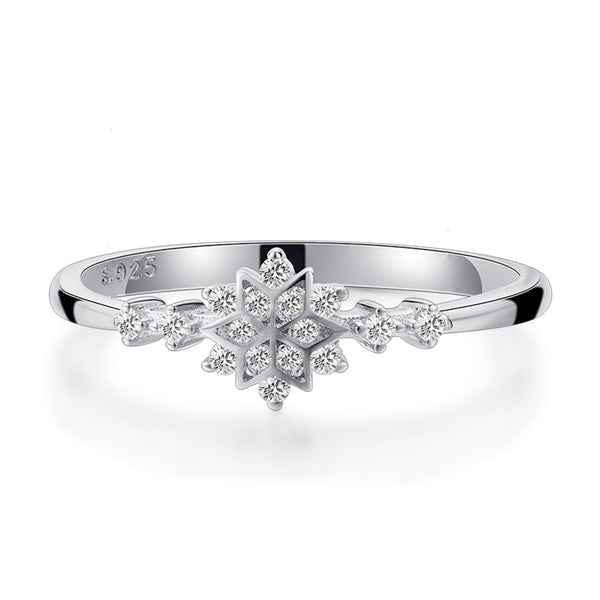
Flower-shaped Promise Engagment Wedding Moissanite Ring
Why Choose a Cluster Engagement Ring?
Cluster engagement rings typically attract a lot of interest. Smaller stones compliment one with a dazzling sparkle. The extra character and elegance of the cluster ring designs make them an ideal option for those who want an original design.
Pros and Cons of a Cluster Setting
Consider the advantages and disadvantages of a set-ring cluster to determine which one is best for you. Think about the overall appeal of the setting, along with its maintenance and cleaning needs.
Pros
- A unique look that is with texture and dimension
- Creates the appearance of the larger central stone
- The design can be crafted to create an elegant shape, similar to the sunburst or flower
- It offers a cheaper alternative to purchasing a larger diamond
- Might be an ideal complement for smaller fingers and hands.
Cons
- Usually, it takes longer and more effort to clean up due to numerous crevices and stones
- Smaller stones could be loose and fall off If they are not maintained properly
What’s the Difference Between a Cluster and a Halo Setting?
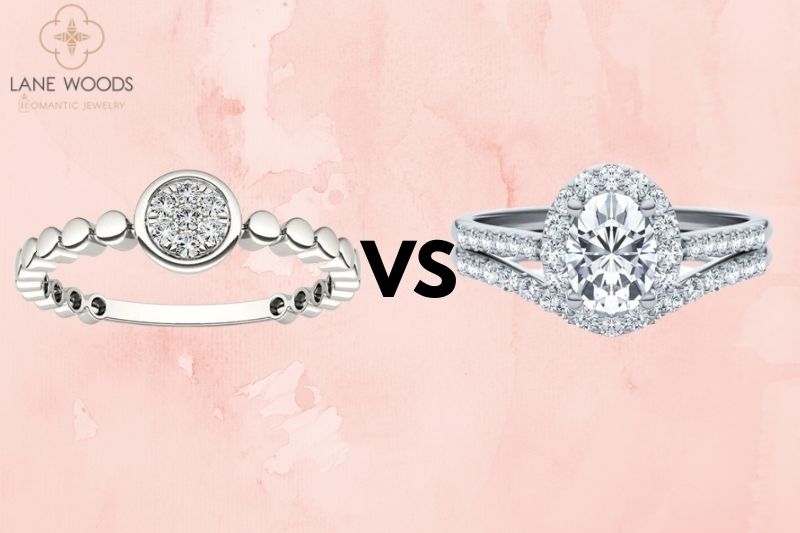
A cluster ring can be frequently mistaken for the halo ring since both styles have the central stone, which is with smaller stones. In reality, both terms are used in a similar way today.
What is the difference? Halo rings typically frame the central stone using the ring made of small diamonds, and the tiny stones are incorporated into it. A cluster ring is frame of larger gems, in which each stone can be distinguished.
What is the Difference Between Composite Rings and Moissanite Cluster Rings?
The composite rings look similar to the moissanite clusters of rings. However, they differ in a significant way. The moissanite inside the composite ring is fused together to create a huge moissanite-like look.
Composite rings are composed of smaller moissanite that is fused around the middle. In addition, they may also have more moissanite that is grouped around them. It’s possible to mistake an equilateral ring and the diamond cluster ring. It might be easy to puzzle a composite ring with a moissanite cluster ring.
The primary distinction is that moissanite cluster rings often tend to keep the moissanite separate. They form the moissanite in a manner that is attracting the eye for expression.
Composite rings fuse moissanite directly with each other to produce a bigger appearance of the stone. They are usually fused together in a symmetrical manner too.
Bezel Fashion Promise Engagment Wedding Round Moissanite Ring
Cluster Moissanite Rings vs. Solitaire
Cluster moissanite rings have smaller moissanite set close to one another and solitaire rings come with an enormous central stone. Solitaire rings are typically straightforward, having one stone. Cluster moissanite rings are adorned with many moissanite. Solitaire rings are the most popular engagement rings than cluster rings. Some choose a cluster engagement ring for a unique look.
In the majority of cases, cluster rings are cheaper than solitaire rings due to the fact that they do not have the same size of moissanite. As with any other ring, the price is contingent on the quality of the moissanite as well as the carat weight and precious metal.
Why Do Cluster Moissanite Rings Cost Less?
Moissanite cluster rings tend to offer more WOW-factor for the money. When you purchase a single stone in a band it must contain more carats in order to look more attractive. The more carats you can put on one stone and the higher the likelihood you’ll be the subject of gasps of admiration.
Moissanite cluster rings are a great way to ensure you’ll be able to make a bigger impact but fewer carats. More moissanite is likely to make more impact and may be more attractive and distinctive than a single ring.
The diamond cluster rings can be cheaper as compared to single stones. However, that doesn’t mean they’re less appealing as one stone rings. There are more character rings that can display when it is open to more designs.

